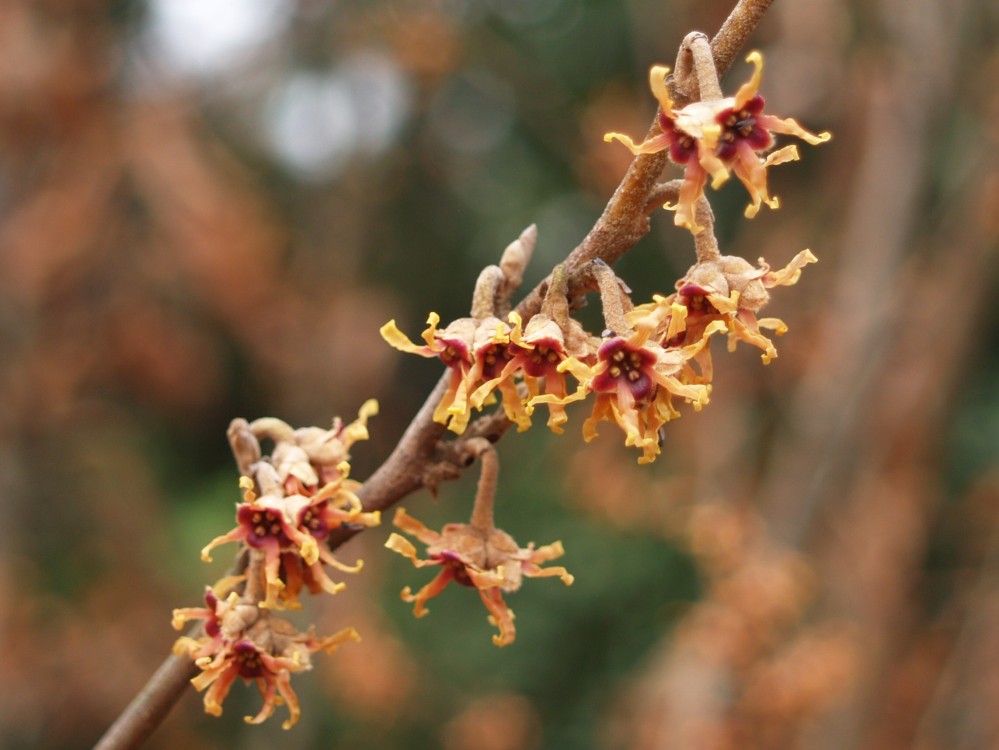No doubt, readers to the north are amused when Virginians talk about cold. Of course, this is relative. I’m certain Virginians scoff upon seeing Floridians in winter jackets on a cool day in Orlando. I sympathize with northerners who must endure longer, colder winters than ours, but I’m only a bit envious of residents of the deeper south. I’m pleased to be right where I am. I wouldn’t mind slightly warmer winters (and less humid summers while I’m dreaming), but it seems those are in our future whether I want them or not.

This area (the mid Atlantic region) seems an excellent balance of just enough cold to grow many conifers, as well as flowering trees and shrubs that require chilling hours that the deeper south doesn’t experience. At worst, winter starts here in November, and rarely do freezing temperatures stray much into March. But, even in the mildest winters, such as earlier this year, there’s enough cold and grayness that gardeners (and everyone else) looks forward to spring.

I expect that further north it’s not possible to have flowers in the garden through every day of the winter, and it’s not like this part of northwestern Virginia is in the tropics, but temperatures that rarely dip for long below ten degrees allow an array of winter blooms to cheer the winter weary gardener. I am surprised that few area gardeners take advantage to plant for winter flowers, though hellebores seem to be gaining favor.
As autumn turns to winter, I look forward to flowers of mahonias and stray leftovers of hybrid camellias. Both will occasionally flower into the new year, with mahonias dependably flowering into mid January when they are joined by Vernal witch hazels.

As winter temperatures are wildly variable, so are flowering times. There are years when blooms of the late winter flowering leatherleaf mahonia overlap into January with ‘Winter Sun’ and other mahonias that begin flowering in November. On occasion, hellebores might begin flowering in late December, though mid and late February are most common.

Twice, I’ve purchased shrubs labelled as our native Common witch hazel (Hamamelis virginiana), then waited for late autumn flowers that delayed into January, confirming its identity as the similar, but winter flowering Vernal witch hazel (Hamamelis vernalis). No matter, the winter flowering witch hazel is a treasure, filling the garden with its scent on a still afternoon. Flowers of Vernal witch hazel fade slowly in the cold, so flowers often remain when hybrid witch hazels with larger and more fragrant blooms appear in mid February. Happily, rarely is it too cold to get out into the garden to enjoy.